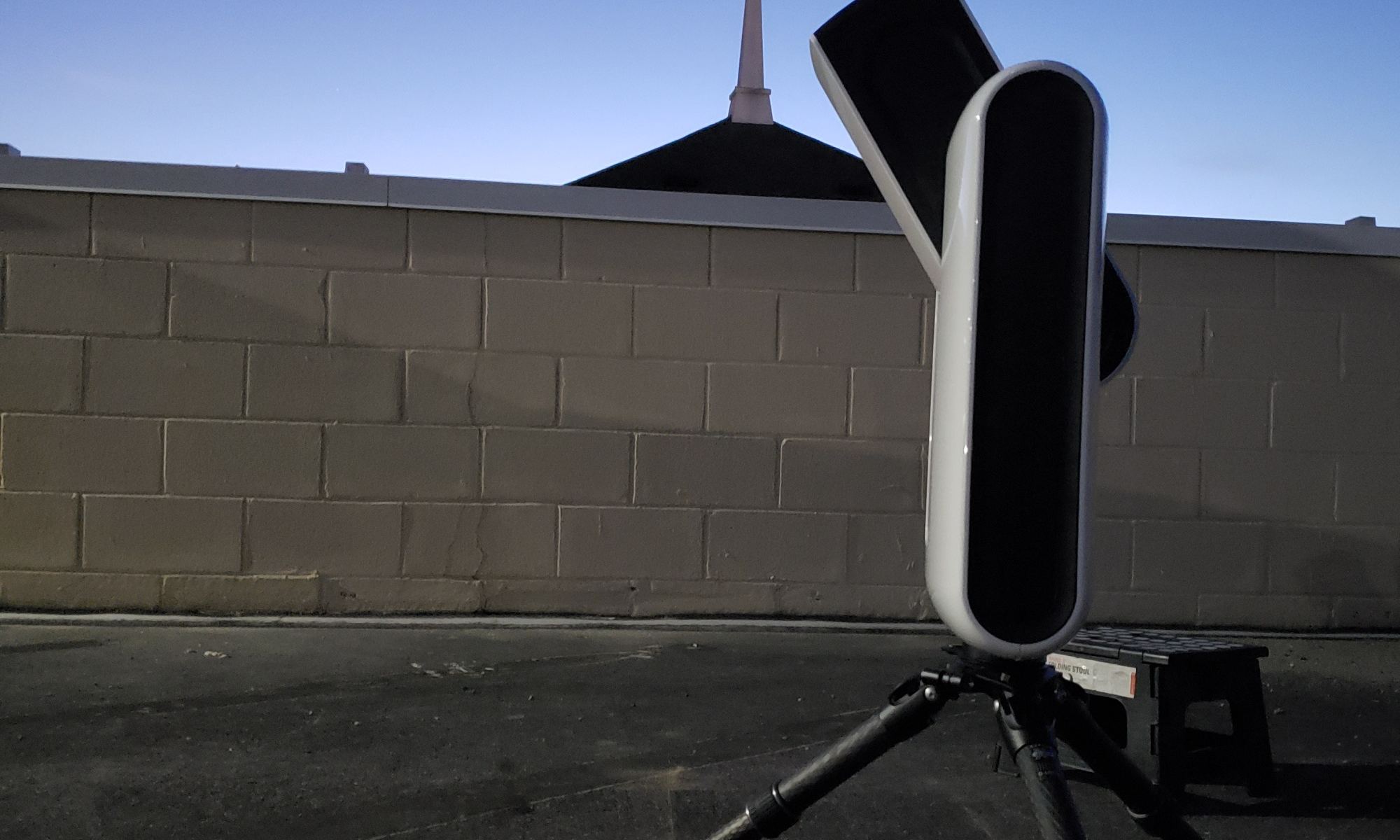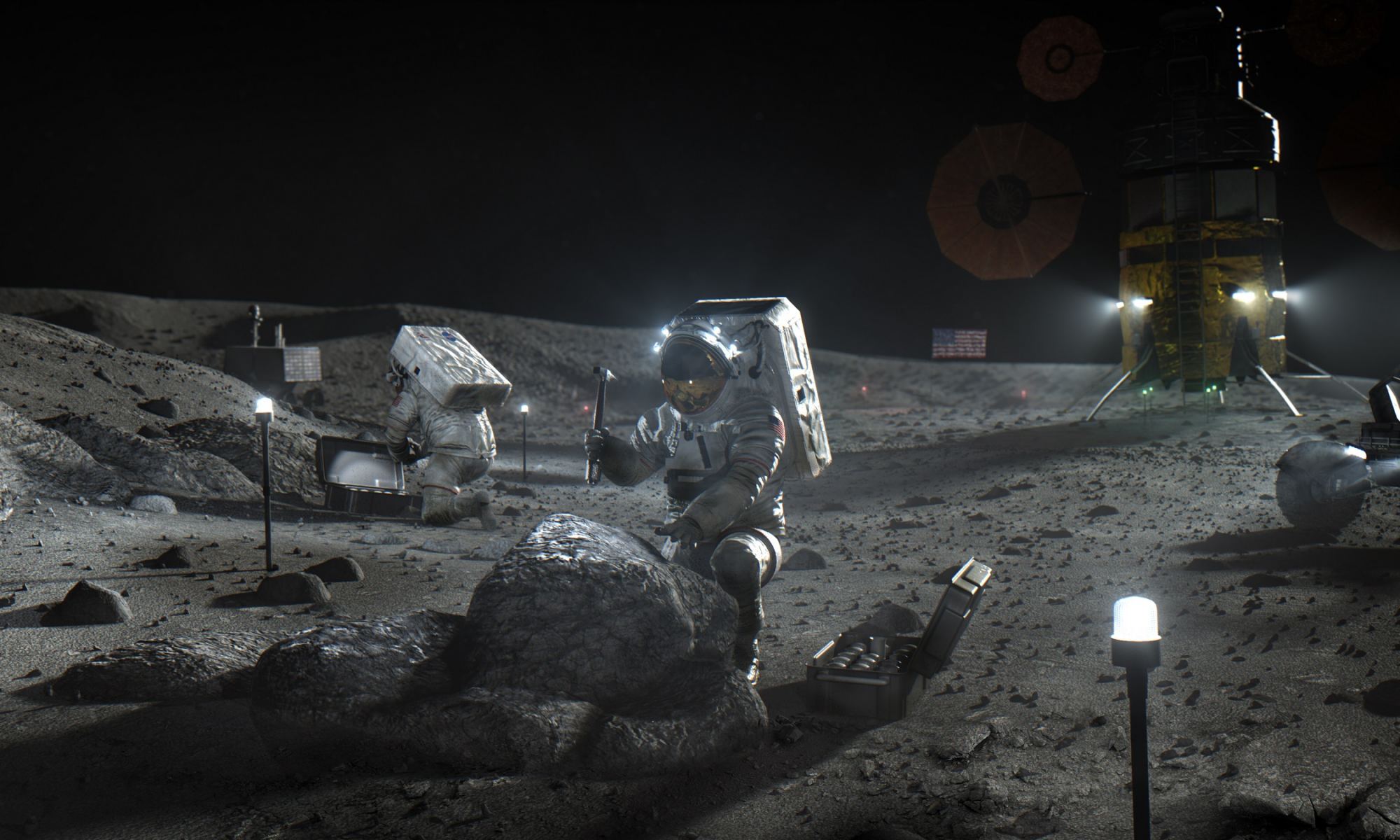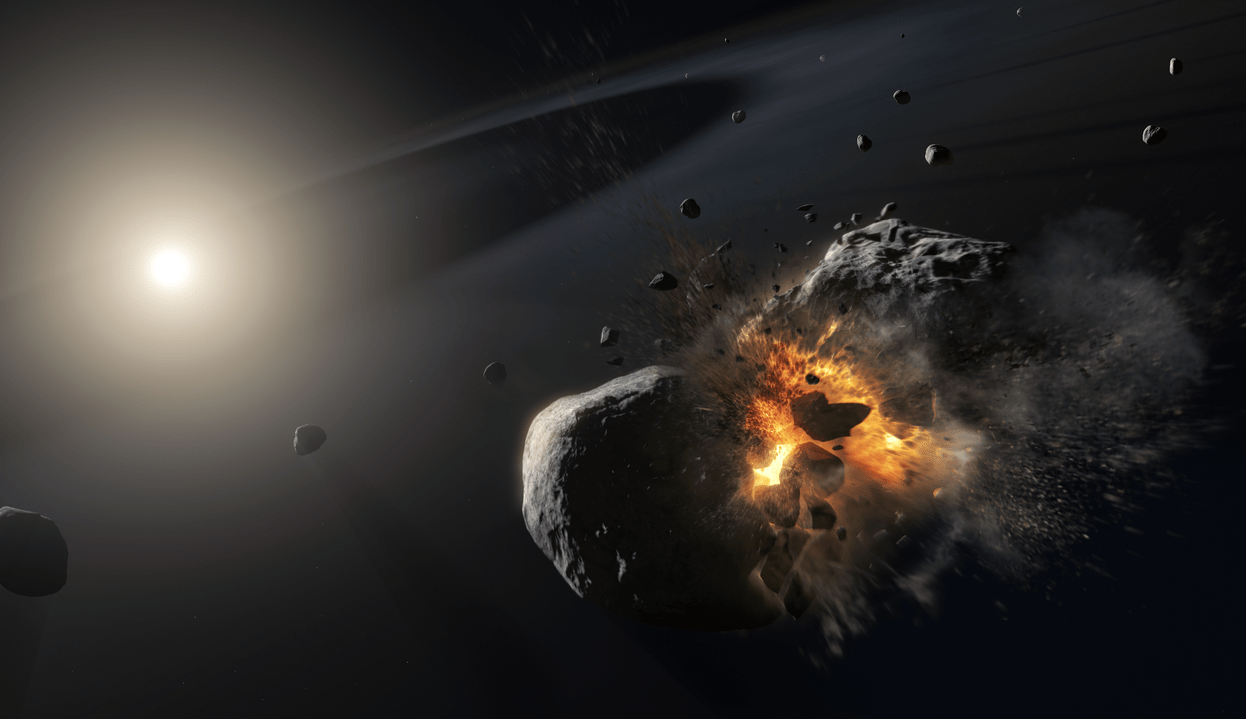So, you think you know Galileo? A new book out from Simon and Schuster publishing looks at the exploits of one of the most famous astronomers there ever was: Galileo Galilei. Galileo and the Science Deniers by Dr. Mario Livio not only looks at the life and times of the famous astronomer, but busts some of the most famous myths surrounding Galileo, and looks at his greatest discoveries and tempestuous clash with the Roman Catholic Church and its aftermath. Livio also connects the science denialism of the day with comparisons to modern clashes between politics and science.
Continue reading “Review: Galileo and the Science Deniers by Mario Livio”When Did Mars Lose its Global Magnetic Field?
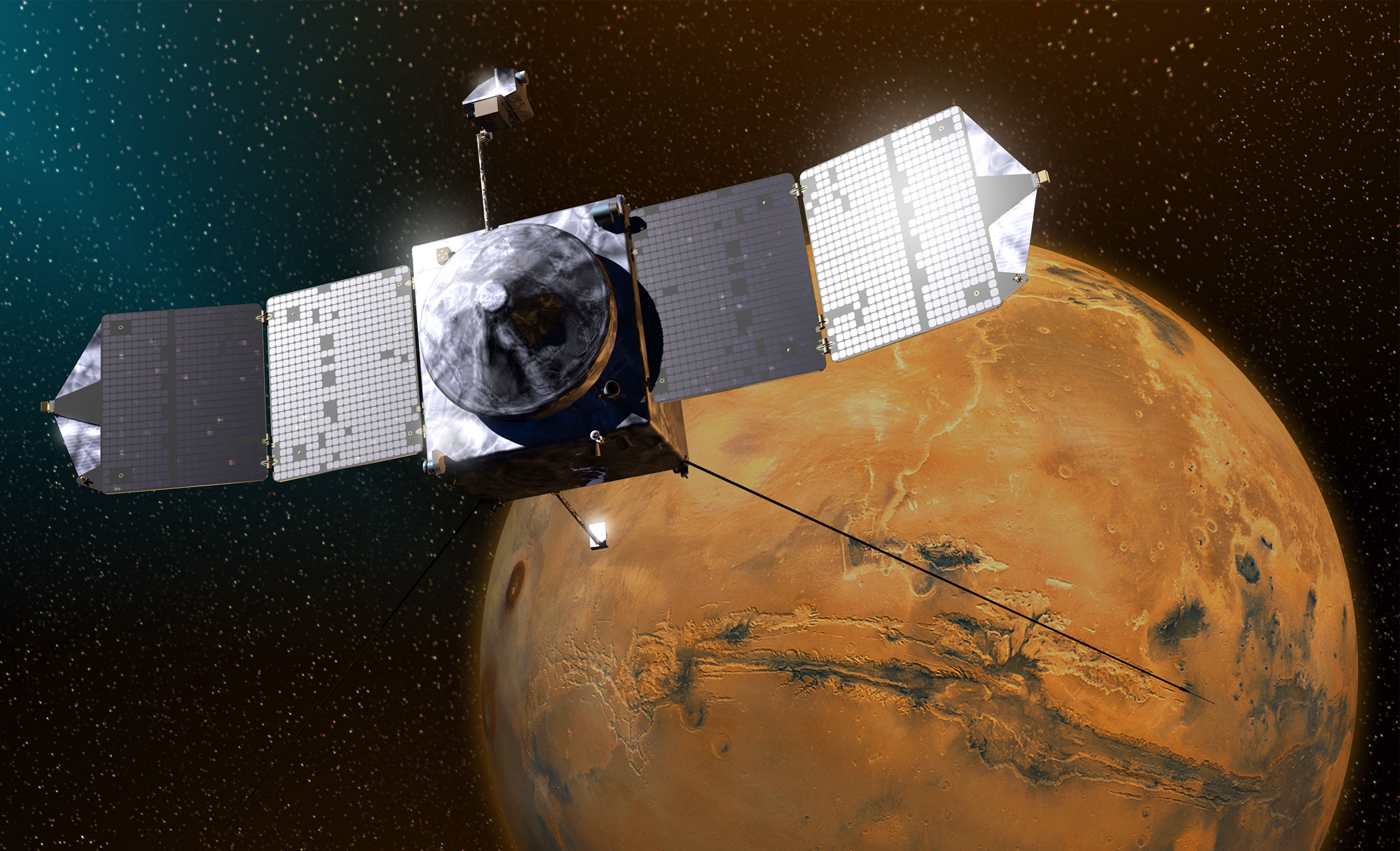
Billions of years ago, Mars was once a much different place than the cold and desiccated place it is today. Basically, it had a thicker, warmer atmosphere and liquid water flowing on its surface, and maybe even life! The reason for this is because, like Earth, Mars had a planetary magnetic field that was generated by action in its core. But when that field disappeared, things began to change drastically!
For years, scientists believed that this field disappeared over 4 billion years ago, causing Mars’ atmosphere to be slowly stripped away by solar wind. But according to new research led by the University of British Columbia (UBC) has placed new constraints on when this magnetic field disappeared, indicating that Mars’ magnetic field existed sooner (and laster hundreds of millions of years longer) than previously thought.
Continue reading “When Did Mars Lose its Global Magnetic Field?”Our Review of Stellina: a ‘Smart Telescope’ for 21st Century Astronomy
Stellina may usher in a revolution in amateur astronomy.
It’s a common scene at star parties, post-Christmas. As darkness falls, someone approaches us with a new telescope, often in still unassembled. “I can’t figure this thing out,” is the inevitable refrain. “Can you show me how to use this @#$%! thing?”
Continue reading “Our Review of Stellina: a ‘Smart Telescope’ for 21st Century Astronomy”SpaceX Describes Exactly How They’re Planning to Make Starlink Satellites Less Visible From Earth
In 2015, Elon Musk announced that his company, SpaceX, would be deploying satellites to orbit that would provide high-speed broadband internet access to the entire world. Known as Starlink, SpaceX began deploying this constellation in May of 2019 with the launch of the first 60 satellites. As of April 22nd, a total of 422 satellites have been added to the Starlink constellation, and the response hasn’t been entirely positive.
In addition to fears that we’re adding to the problem of “space junk,” there are also those who’ve expressed concern that Starlink and other constellations could have a negative impact on astronomy. In response, SpaceX recently announced that it will be instituting changes in how the satellites are launched, how they orbit the Earth, and even how reflective they are in order to minimize the impact they have on astronomy.
Continue reading “SpaceX Describes Exactly How They’re Planning to Make Starlink Satellites Less Visible From Earth”Want to Mine the Moon? Here’s a Detailed Map of all its Minerals
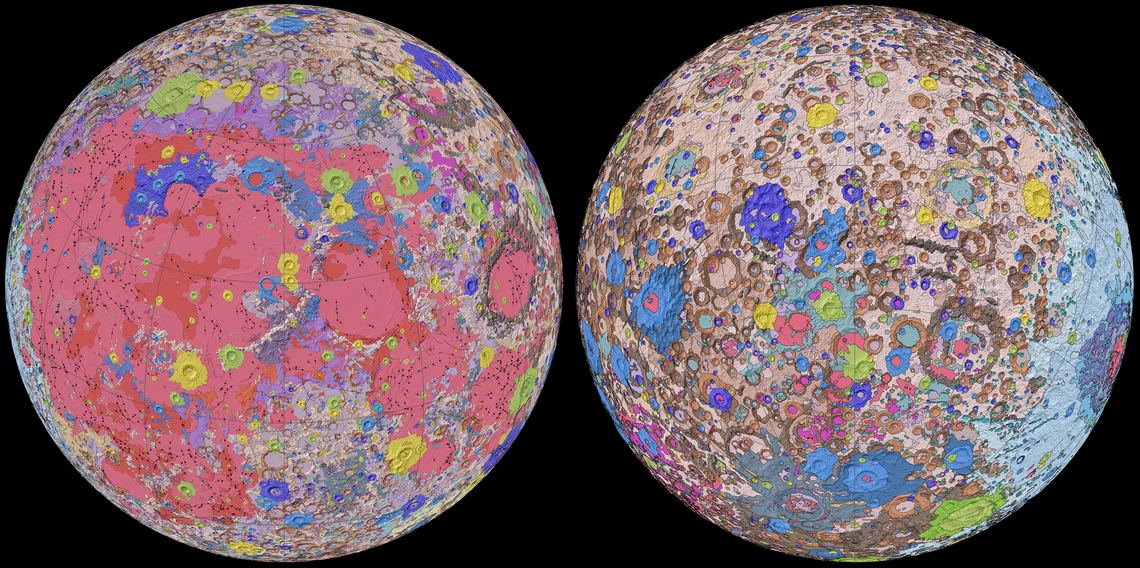
The prospect of mining asteroids and the Moon is on a lot of peoples’ minds lately. Maybe it’s all the growth that’s happened in the commercial aerospace industry in the past few decades. Or perhaps it’s because of Trump’s recent executive order to allow for asteroid and lunar mining. Either way, there is no shortage of entrepreneurs and futurists who can’t wait to start prospecting and harvest the natural bounty of space!
Coincidentally enough, future lunar miners now have a complete map of the lunar surface, which was created by the US Geological Society’s (USGS) Astrogeology Science Center, in collaboration with NASA and the Lunar Planetary Institute (LPI). This map shows the distribution and classification of the mineral deposits on the Moon’s surface, effectively letting us know what its familiar patchwork of light and dark patches the really are.
Continue reading “Want to Mine the Moon? Here’s a Detailed Map of all its Minerals”Supermassive Black Hole Orbits an Even More Massive Black Hole, Crashing Through its Accretion Disk Every 12 Years
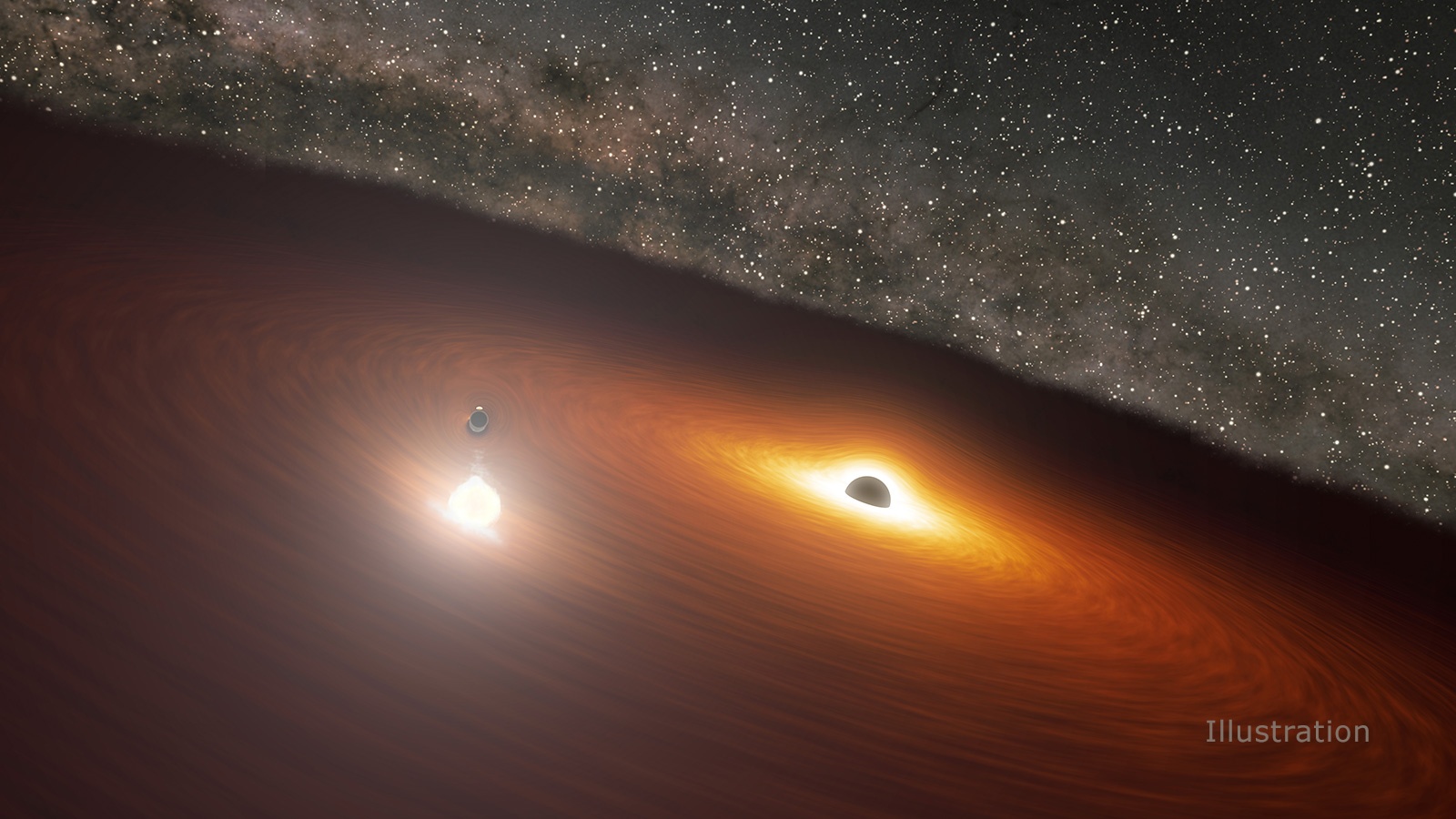
NASA’s Spitzer Space Telescope may be retired, but the things it witnessed during its sixteen and a half year mission will be the subject of study for many years to come. For instance, Spitzer is the only telescope to witness something truly astounding occurring at the center of the distant galaxy OJ 287: a supermassive black hole (SMBH) orbited by another black hole that regularly passes through its accretion disk.
Whenever this happens, it causes a flash that is brighter than all the stars in the Milky Way combined. Using Spitzer‘s observations, an international team of astronomers was able to finally create a model that accurately predicts the timing of these flashes and the orbit of the smaller black hole. In addition to demonstrating General Relativity in action, their findings also provide validation to Stephen Hawking‘s “no-hair theorem.”
Continue reading “Supermassive Black Hole Orbits an Even More Massive Black Hole, Crashing Through its Accretion Disk Every 12 Years”The Companies Taking NASA Back to the Moon in 2024: Blue Origin, SpaceX and Dynetics
In less than four years, NASA plans to send astronauts back to the Moon for the first time since the Apollo era (Project Artemis). But this time, NASA plans to build the infrastructure needed to ensure a “sustainable program” of lunar exploration. In short, we’re going back to the Moon and this time, we plan to stay! To help them get there, the agency has partnered with commercial aerospace companies to provide logistical support.
In addition, NASA recently named three companies to develop vehicles for the Artemis missions that will be capable of landing astronauts on the lunar surface. They include the commercial space powerhouses SpaceX and Blue Origin, as well as the Alabama-based Dynetics, all of whom are tasked with developing Human Landing Systems (HLS) that can be deployed from their respective heavy launch systems (or another commercial provider).
Continue reading “The Companies Taking NASA Back to the Moon in 2024: Blue Origin, SpaceX and Dynetics”You’re Looking at Spiral Galaxies, Already Forming When the Universe was Just a Baby
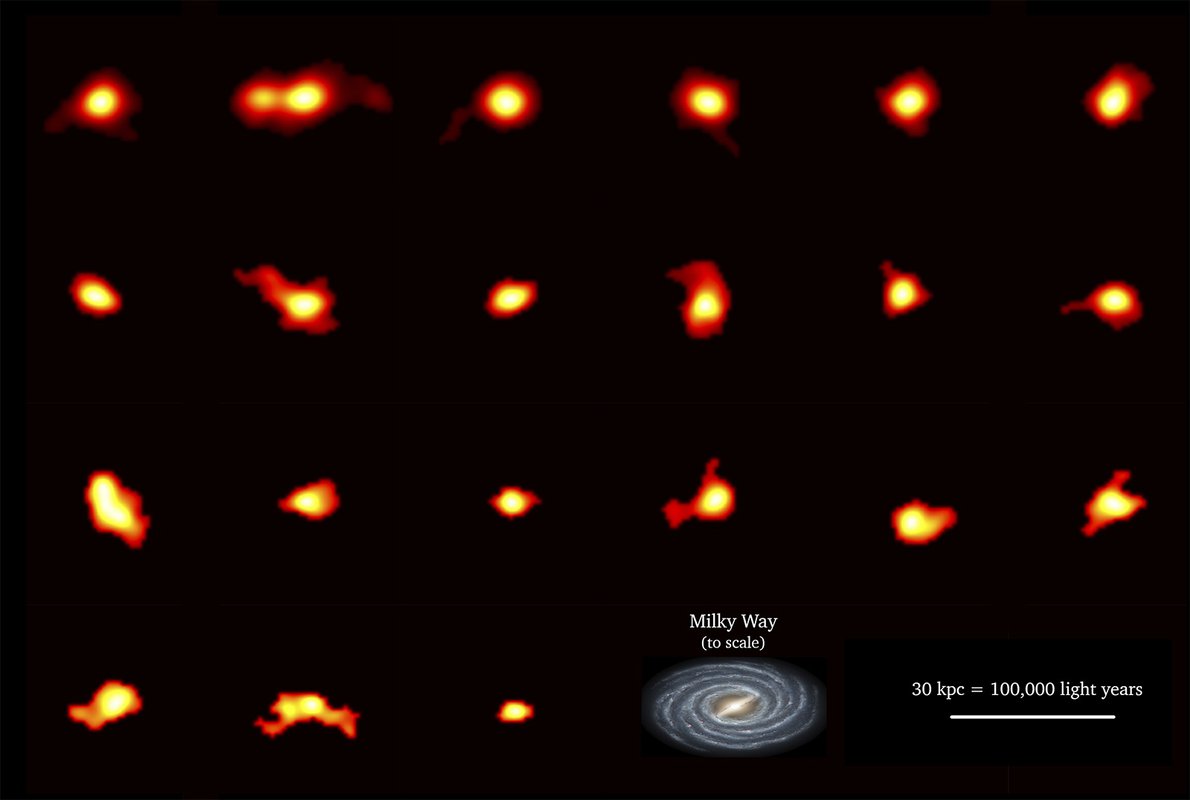
One of the most exciting developments in astronomy today is the way that advanced arrays and techniques are letting astronomers see farther back in time to the earliest periods of the Universe. In so doing, astronomers hope to get a closer at the earliest galaxies to learn more about how and when they first emerged – which can tell us a great deal more about their subsequent evolution.
This was the purpose of the ALMA Large Program to INvestigate C+ at Early times (ALPINE), a multiwavelength survey that examined galaxies that were around when the Universe was less than 1.5 billion years old. With funding provided by NASA and the European Southern Observatory (ESO), the ALPINE collaboration analyzed this data and learned some interesting things about the early evolution of galaxies.
Continue reading “You’re Looking at Spiral Galaxies, Already Forming When the Universe was Just a Baby”Fomalhaut’s Planet Has Gone Missing, But it Might Have Been Something Even More Interesting
Planets don’t simply disappear. And yet, that appears to be what happened to Fomalhaut b (aka. Dagon), an exoplanet candidate located 25 light-years from Earth. Observed for the first time by the Hubble Space Telescope in 2004, then confirmed by follow-up observations in 2008 and 2012, this exoplanet candidate was the first to be detected in visible wavelengths (i.e. the Direct Imaging Method.)
Over time, this candidate got fainter and wider until it disappeared from sight altogether. This led to all kinds of speculation, which included the possibility of a collision that reduced the planet to debris. Recently, a team of astronomers from the University of Arizona has suggested another possibility – Fomalhaut b was never a planet at all, but an expanding cloud of dust from two planetesimals that smashed together.
Continue reading “Fomalhaut’s Planet Has Gone Missing, But it Might Have Been Something Even More Interesting”Now This is Progress! Starship Passes its Cryogenic Test and Doesn’t Explode
This weekend, SpaceX’s fourth Starship prototype (SN4) achieved a major milestone by passing the crucial cryogenic load test. This consisted of the prototype’s liquid oxygen and liquid methane tanks being filled with liquid nitrogen to see how they hold up when fully-pressurized. This test was vital since the three previous prototypes suffered structural failures and were lost during this exact same procedure.
Continue reading “Now This is Progress! Starship Passes its Cryogenic Test and Doesn’t Explode”

